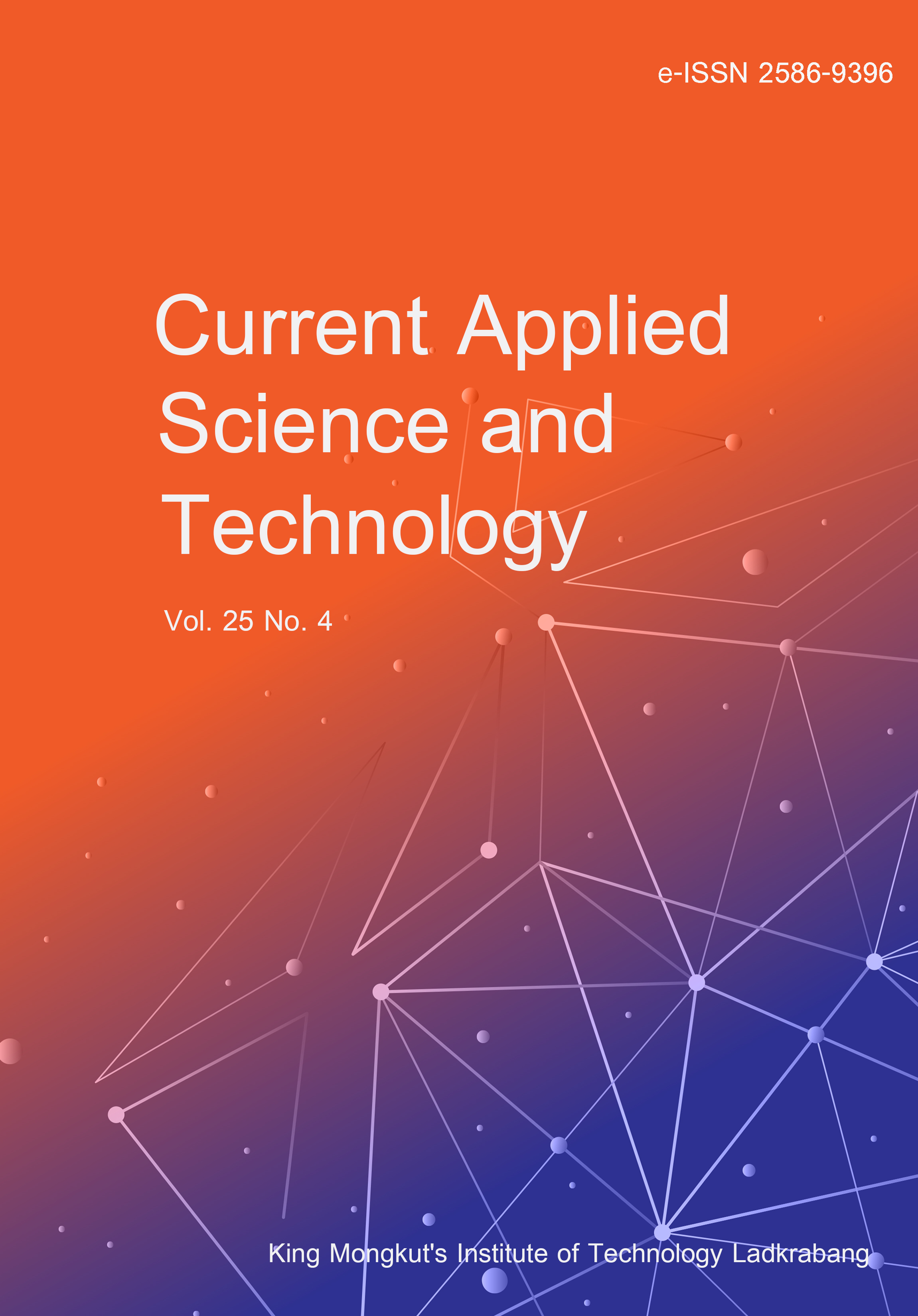Metalaxyl-M (Met-M) and dimethomorph (Dim) are two systemic fungicides commonly used in Thailand to treat durian rot diseases caused by Phytophthora palmivora, a pathogen that significantly affects durian production. Fungicides have long been used by Thai durian farmers to control this infection, but managing the disease has become increasingly challenging in recent years. Monitoring fungicide resistance evolution is essential for effective disease management. In 2020 and 2022, eighty-one and sixty isolates, respectively, were collected from naturally infected durians in southern and eastern Thailand. All isolates were identified as P. palmivora through sporangium formation. Furthermore, 23 out of the 141 isolates were confirmed as P. palmivora based on sequencing of the internal transcribed spacer (ITS) and 5.8S regions of rDNA. All isolates were tested for mycelium growth sensitivity to Met-M and Dim. EC50 values were used to classify sensitivity into three categories: sensitive (S) at EC50 < 1 mgL-1, moderately resistant (MR) at EC50 between 1 and 100 mgL-1, and resistant (R) at EC50 > 100 mgL-1. In southern Thailand, 58% of the isolates were Met-MRDimS, and 41.25% were Met-MSDimS. In eastern Thailand, 36.67% were Met-MMRDimS, and 41.67% were Met-MSDimS. These findings indicate that the populations of P. palmivora in the durian orchards in southern and eastern Thailand consisted of a mixture of sensitive, moderately resistant, and resistant strains.
Kongtragoul, P. ., Charoensiri, S. undefined. ., Rimchon, S. undefined. ., & Knight, S. undefined. . (2025). Sensitivity of Phytophthora palmivora Causing Durian Diseases to Metalaxyl-M and Dimethomorph in Southern and Eastern Thailand. CURRENT APPLIED SCIENCE AND TECHNOLOGY, e0263899. https://doi.org/10.55003/cast.2025.263899

